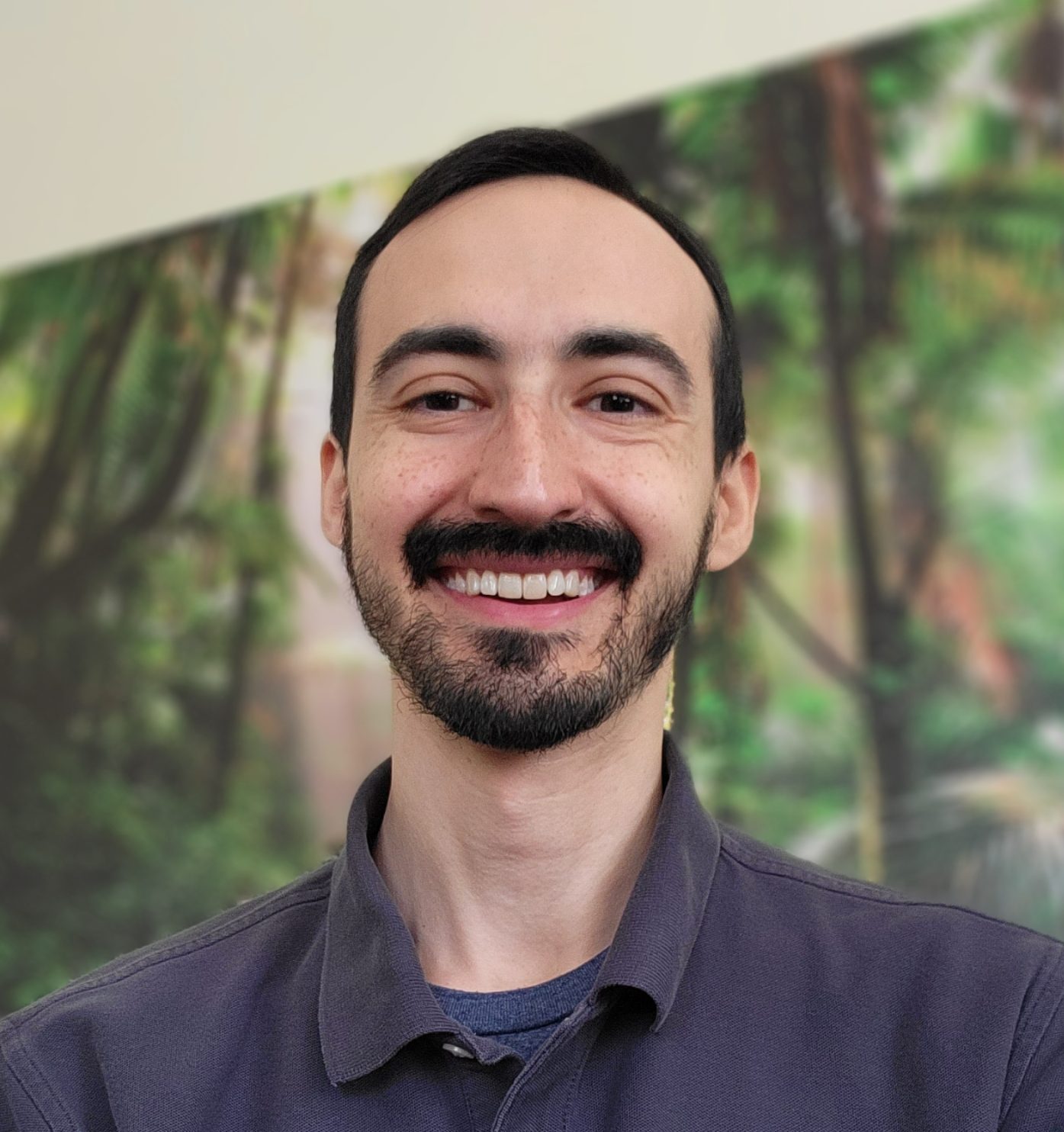
Finding Solutions for Your Pain
Pain is natural – even healthy.
It’s your body’s way of signaling that something might be wrong.
In this sense, it’s like the “Check Engine” light on your dashboard.
When this signal is working properly, you can use it to your advantage – by addressing small problems before they become BIG ones.
However, if you don’t take care of the little things, and your body has to deal with too many of them at once, the risk of injury begins to increase.
Calibrating Your Pain Systems
Your brain is constantly calculating the risk of potential danger, both inside and outside of your body.
Life is rough, and it can cause us to take shortcuts in the way we move and perform our daily tasks.
These shortcuts often work just fine in the short run, but in the long run, they take their toll on the body.
Overtime these shortcuts become ingrained dysfunctional movement patterns. If left unchecked, your body begins to compensate for these dysfunctional patterns by layering more dysfunctional patterns on top of the old ones.
As time goes on, the motor control center in your brain has fewer and fewer movement options available.
This can feel threatening to your brain, and gradually, your pain alarm system becomes increasingly sensitive.
Before you know it, even simple tasks have become painful.
Reprogramming Your Body
First, we have to identify the most important dysfunctional movement patterns that are overloading your body’s systems.
Then, we formulate a plan to correct those patterns so that your body can feel safe and resilient again.
This essentially resets your brain’s pain alarm system.

Unlocking Your Hidden Abilities
Once your body is able to move efficiently, there’s no limit to the things it can do.
You may not realize it, but your body is an amazing piece of biological machinery.
It’s an evolutionary marvel, designed to endure a lifetime of use, and to transmit immense gravitational forces without your even having to break a sweat.
If you think about it, you’re basically a living Ferrari!
But if you’re hitting the brakes and gas at the same time, running recklessly over potholes, and grinding your gears, that amazing piece of machinery is going to break down.
Problems Tend to Arise When We Lose Body Awareness
To varying degrees, this happens to everyone.
No matter how mindful or active you are, everyone develops dysfunctional movement patterns at some point.
Going back to the car analogy, no matter how diligent you are about avoiding potholes and going easy on the car, you are still going to have to make some repairs eventually.
I have yet to meet the person that has flawless posture and motor control in all situations. As the saying goes, no one is perfect!
However we strive to do the best we can, and minimize dysfunctional movement. We continue to learn and evolve.
Together, we will get you reacquainted with your body, empower you to use it more efficiently, and eliminate unnecessary pain.
About Me
“I became the therapist that I had been looking for.”
Hi, I’m Dan Vidal, LMT, CNS.
I’m a licensed massage therapist, Neurosomatic specialist, and the owner here at Paragon Pain Solutions.
Back in 2013, I was working a stressful, dead-end office job.
I was sedentary for most of my waking hours.
When I wasn’t, I was lifting heavy weights at the gym in very limited, repetitive motions.
Needless to say, I was suffering from horrible pains all over my body.
In my spare time, I was doing all kinds of research on corrective exercise and manual therapy.
I had seen doctors, chiropractors, and massage therapists, but no one could provide any relief.
No one was giving me the kind of care I was looking for.
And then – it happened.
One day, a YouTube search revealed a school in Clearwater, Florida, that taught a new kind of therapy.
This therapy focused on studying how posture and daily habits could affect the way the body worked – for better or worse.
This was it. This was exactly the kind of therapy I had been looking for.
I saved for a year, moved to Florida, and enrolled at the Center for Neurosomatic Studies in September of 2015.
I spent the next three years studying and practicing with some of the best therapists in the country.
Since then, I’ve returned home to Philadelphia to share what I learned with my community.
I became the therapist I had been looking for.
Now, I want to be that therapist for you.


